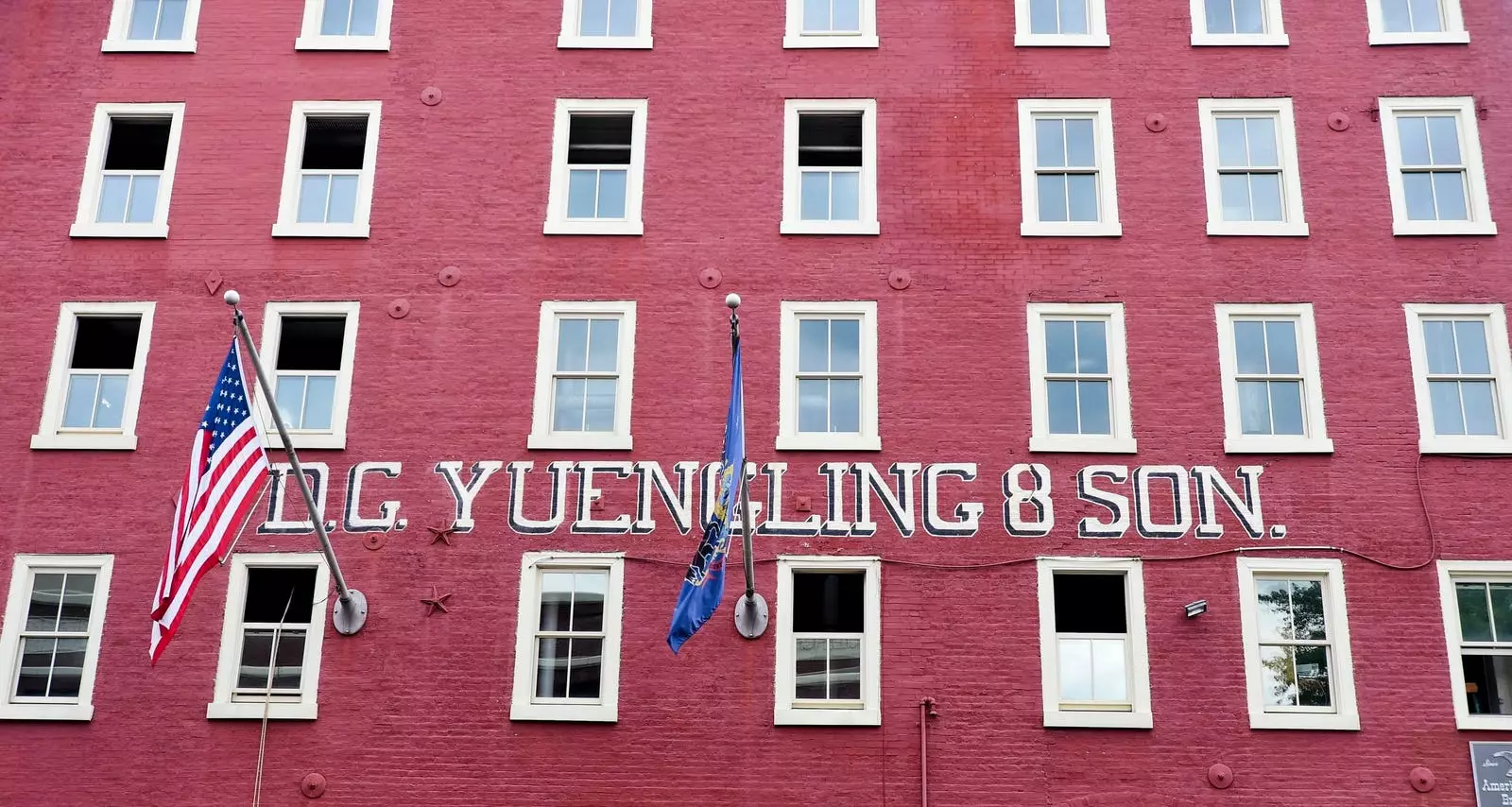The craft brewing sector, characterized by innovation and a deep-rooted sense of community, has long been a hallmark of American culture. The Brewers Association defines a craft brewery as one that produces less than six million barrels of beer annually and is primarily independent of large beverage alcohol companies. This relatively narrow classification serves to highlight the uniqueness and artistry prevalent among craft brewers. In 2024, the landscape of this industry has begun to shift, reflecting both the challenges of a changing market and the adaptive strategies employed by these breweries.
Economic Pressures and Production Trends
According to recent reports, craft breweries in the United States faced a 4% decrease in beer production in 2024 compared to the previous year, contributing to a total output of 23.1 million barrels. This decline underscores the reality that consumers are becoming discerning about their spending habits, often prioritizing budget-friendly options over premium craft brews. The harsh economic climate has forced breweries to reevaluate their production techniques and business models. Surprisingly, this downturn in volume did not translate to diminished economic value; retail sales value increased by 3%, which suggests that craft breweries might be pivoting towards a strategy emphasizing quality and premium pricing during a time of economic uncertainty.
Shifts in Consumer Behavior and Market Dynamics
In recent years, craft beer drinkers have shown a noticeable shift in preferences, with more options flooding the beverage market. This plethora of choices has not only increased competition among craft breweries but has also compelled them to diversify their offerings significantly. Breweries are venturing beyond traditional beer, embracing the popularity of alcoholic seltzers and ready-to-drink cocktails. This expansion serves both as a hedge against declining beer sales and as a way to capture an audience that increasingly seeks variety in their drinking experiences.
The Brewers Association emblematically notes that although the craft brewing sector faces challenges, it is on an adaptive curve that reflects resilience. While production of beer has diminished, the sector’s overall dollar value bolsters the notion that there’s still a market thirst for quality crafted beverage options. While this regression in wholesale beer production may sound alarming, the robust growth in the retail value suggests that craft breweries are effectively connecting with a consumer base that values premium experiences over sheer volume.
Employment Growth Amidst Adversity
Despite these economic challenges, employment in the craft brewing industry saw a notable uptick, with full-time equivalent positions rising to 197,112 in 2024—a 3% increase over the previous year. This contradiction—a rise in employment coinciding with reduced production volume—signals a strategic pivot towards hospitality-driven models. Increasingly, breweries are investing in their taprooms and restaurant operations to provide immersive experiences for consumers, which could be the vital differentiator that keeps them competitive and relevant in today’s market.
These jobs are not merely statistics; they represent livelihoods and the continuation of a cultural legacy that defines local communities. Craft breweries play an integral part in regional economies, providing jobs and fostering relationships with local suppliers, farmers, and artisans. This relational aspect of the sector cannot be overstated; the craft brewing community often rallies around local collaborations that enhance both product offerings and cultural significance.
The Decline of Operating Breweries and Emerging Challenges
While some breweries are thriving, 2024 also marked the first decline in the number of operational craft breweries in the U.S. since 2005. The reduction from 9,747 down to 9,612 reflects an industry in transition, one grappling with the full weight of economic pressures, shifting consumer behaviors, and rising operational costs. Out of this adversity, however, the emergence of new players in the market speaks volumes about the enduring spirit of craft brewing. Eight new breweries have joined the ranks of the country’s largest craft breweries this year, demonstrating that even amidst a contraction, opportunities for innovation and niche market capture still exist.
Looking Ahead: The Future of Craft Brewing
The craft brewing industry stands at a crossroads, one that invites both caution and optimism. Breweries that effectively embrace adaptability, diversify their product lines, and prioritize the crafting of meaningful consumer experiences will likely emerge as leaders during these challenging times. While the industry’s landscape continues to evolve, the unwavering spirit of craft brewers—their commitment to quality, innovation, and community—remains its strongest asset. As they navigate the complexities of a fluctuating market, it’s clear that craft brewers are capable of bouncing back, embodying the resilience that is at the heart of this storied American tradition.

